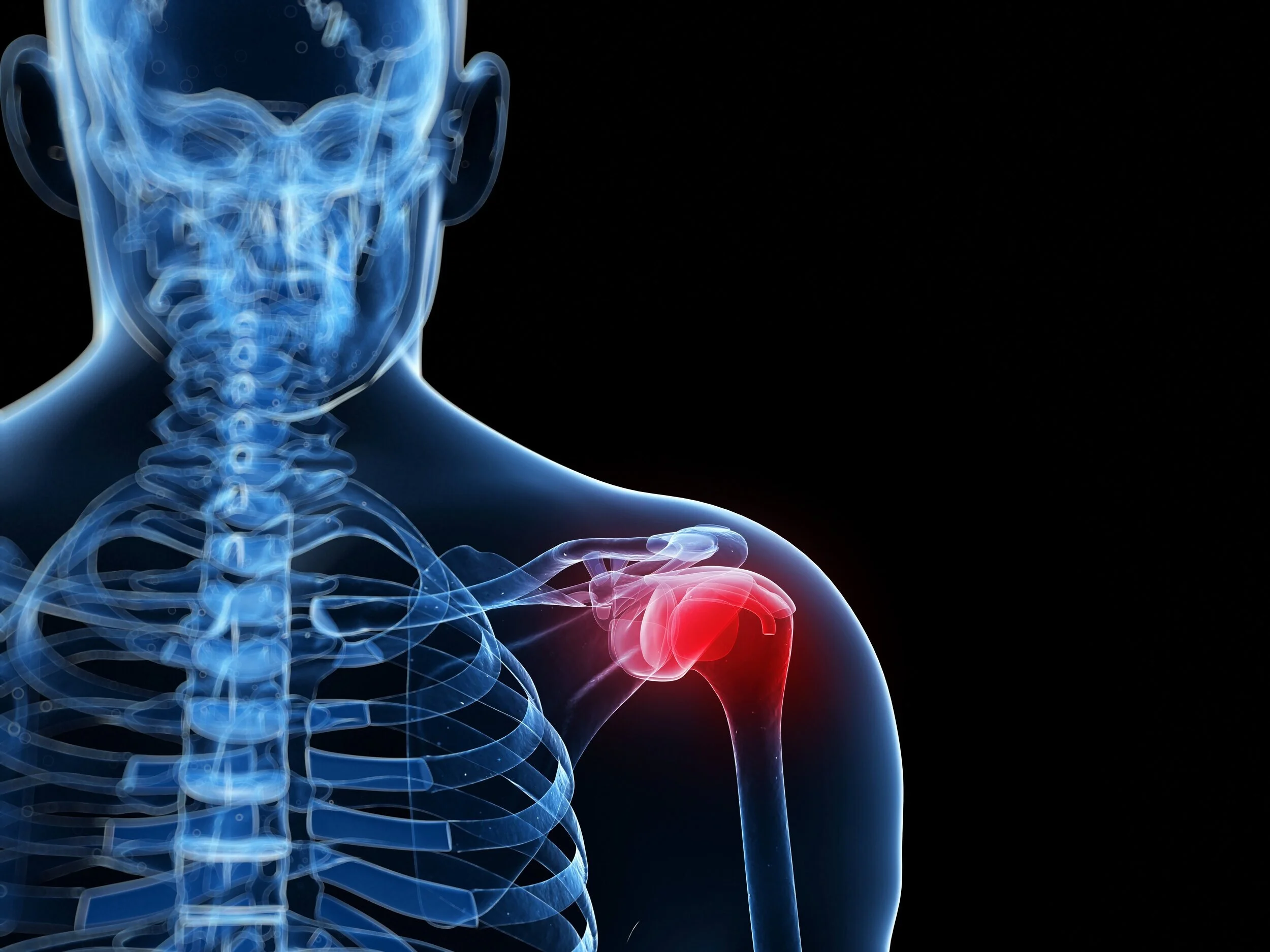When To Consider Shoulder Replacement Surgery
Shoulder replacement surgery is one of the most common joint replacement procedures performed in the United States. Dr. Sterett and his team at Vail-Summit Orthopaedics & Neurosurgery recommend shoulder replacements when the joint becomes so damaged it impacts the patient’s quality of life.
Here’s what to know about shoulder joint replacement and when to discuss this procedure with your orthopaedic physician.
What Is Shoulder Joint Replacement Surgery
As known as a total shoulder arthroplasty, shoulder replacement surgery is done to restore mobility and reduce pain. The majority of shoulder replacement patients are in the late stages of shoulder arthritis, but sometimes Dr. Sterett will recommend it for more severe shoulder fractures.
The shoulder joint is made up of two components:
The Glenoid Cavity: The socket of the shoulder joint
Humeral Head: The ball of the shoulder joint
The humeral head is located at the top of the humerus (your upper arm bone), and the glenoid cavity is in the shoulder blade (scapula).
During a shoulder replacement, Dr. Sterett and his team will:
Remove the damaged bone of the humeral head
Clean out and remove the damaged cartilage in the glenoid cavity
Replace the humeral head with a mental implant
Insert a smooth plastic cup in the glenoid cavity
The plastic cup in the glenoid cavity acts like cartilage, allowing the humeral head to move painlessly and easily through its range of motion.
During a partial shoulder replacement, only the humeral head will be replaced.
Signs You Need a Shoulder Replacement
Typically people need a shoulder replacement for one of three reasons:
Shoulder arthritis, which is no longer responding to conservative treatment methods
A severe shoulder fracture
A serious rotator cuff injury
While severe shoulder injuries can require a shoulder replacement, the most common reason people undergo a shoulder replacement is to treat painful shoulder arthritis. Signs your arthritis may have progressed to the point when surgery is needed are:
Difficulty doing everyday activities, such as getting dressed
Chronic shoulder pain, even while at rest
Shoulder weakness that makes activities difficult or impossible
Reduced range of shoulder motion
Anti-inflammatory medications and steroid injections no longer relieve your painful symptoms
These symptoms typically indicate that the cartilage in your shoulder joint has completely worn away, leaving the bones to rub against each other.
Dr. Sterett and his team at Vail-Summit Orthopaedics & Neurosurgery will diagnose the severity of your shoulder condition using a combination of medical history, physical exam, and imaging tests. Surgery will only be recommended if all other nonsurgical methods have failed to produce results.
Discuss Shoulder Arthroplasty With Team Sterett Today!
If you are experiencing shoulder pain that’s impacting your life, contact Dr. Sterett and his team today! As Vail Valley’s best shoulder surgery, Dr. Sterett has treated everyone from Olympic athletes and local residents. He’ll work with you to recommend a treatment plan that gets you back to doing the activities you love.
Schedule a consultation today by calling (970) 476-7220 or by completing our online appointment request form.



